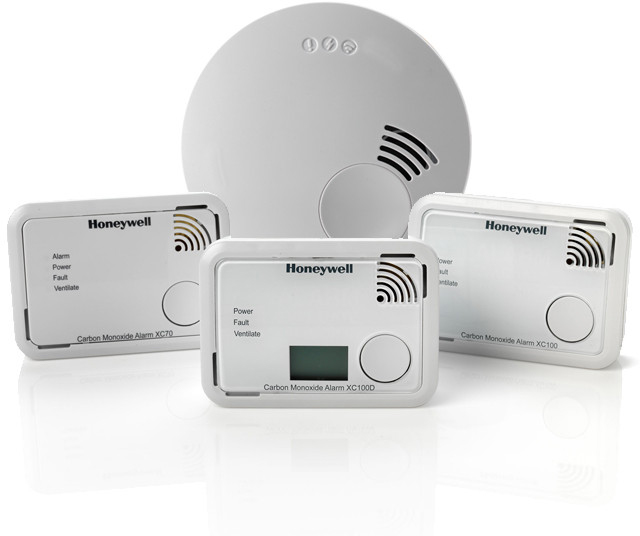Fire safety is an important topic. Between 1st April 2016 and 31st March 2017, fire killed 325 people and injured 8,897[1]. Therefore, it is imperative that you have the right fire detection in place to protect you and your family in the event of a fire at home.
However, it is not only essential that you have detectors installed in your house, but also that they are installed correctly and in the right locations.
Buy Smoke and Heat Alarms Online Now
Selecting the Right Alarm Type
Fires can start anywhere in a property, and different fires produce different kinds of smoke. Soft furnishings, televisions and hi-fis can cause thick, dense smoke, whereas paper fires can burn cleanly, resulting in heat, but little smoke. Cooking fumes can also interfere with some detection types, resulting in false activations. With this in mind, it is crucial that you select the best detection type to suit the room.
Smoke Alarms
Smoke alarms are best suited to bedrooms. They react to fast, flaming fires such as those involving clothing.
Optical Thermal Smoke Alarms
Optical thermal smoke alarms are best for detecting slow, smouldering fires such as electrical fires or soft furnishing fires. Therefore, these types of detectors are well suited to hallways, landings, living rooms and dining rooms.
Heat Alarms
Heat alarms react to heat and are not affected by kitchen fumes or grease. These alarms are best suited to kitchens and garages.
Where to Install Smoke and Heat Alarms
Smoke and heat alarms should be fitted on the ceiling, as close to the centre of the room as possible. However, they must be at least 50cm (20 inches) from any walls or light fittings to avoid dead air in the corners that smoke may not reach or possible obstruction from light fittings.
Which Heat and Smoke Alarms to Choose?
Honeywell X-Series heat and smoke alarms have been designed with landlords and the safety-conscious homeowner in mind. All devices in the X-Series smoke and heat detector range are incredibly reliable and carry out automatic self-checks to ensure maximum efficiency.
Add-ons
Many smoke and heat alarms can be interconnected to provide an advanced warning of fire. Domestic heat, smoke and CO alarms such as Honeywell’s X-Series can be interconnected via a wireless plug-in module. This means that as soon as one of the connected alarms detects an issue, all of the devices will sound, providing an increased warning of fire. This is particularly advantageous for larger properties or in properties where the occupants may need more time to get to safety, such as the elderly.
Don’t Forget Carbon Monoxide (CO) Alarms
Carbon monoxide (CO) is an invisible, odourless gas. CO is highly toxic to humans and animals and is often referred to as the ‘Silent Killer’ as it is difficult to detect. Having CO detectors installed in the proper locations is critical. Honeywell’s X-Series CO alarm can also interconnect wirelessly with X-Series heat and smoke detectors to provide increased detection and advanced warning.
If you are unsure of the best place to install heat, smoke or CO alarms, we recommend that you seek the help of a qualified professional.
For more information about the Honeywell X-Series Heat, Smoke and CO alarms, or to discuss any of the other products that Eurofyre have to offer, please feel free to get in touch either by phone on +44 (0) 1329 835 024, by email to sales@eurofyre.co.uk or via the online enquiry form situated on our contact page.
Don’t forget you can follow us on LinkedIn, Twitter, Facebook and Google+ or sign up to our newsletter (in the footer below) to receive all the latest information from Eurofyre.
[1] https://www.gov.uk/government/statistical-data-sets/fire-statistics-data-tables
